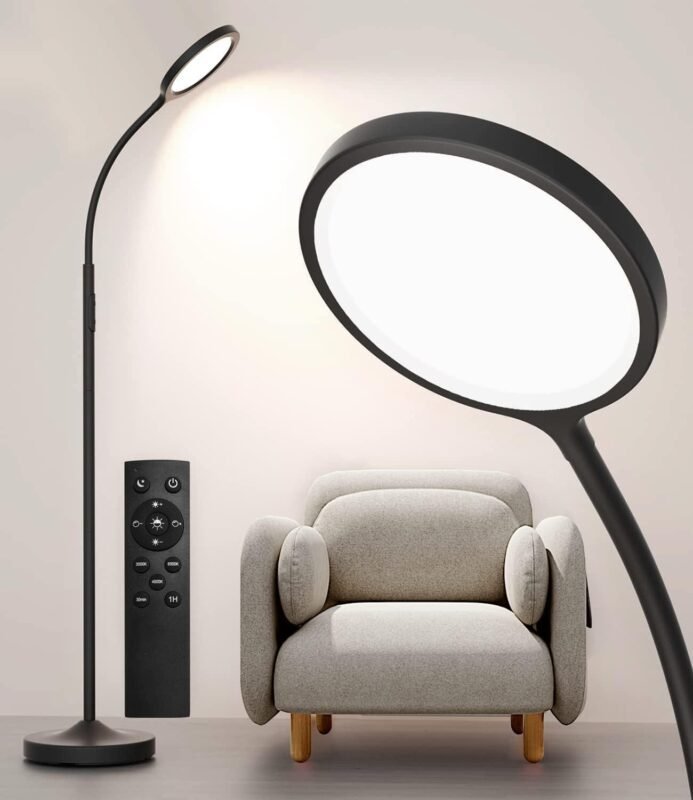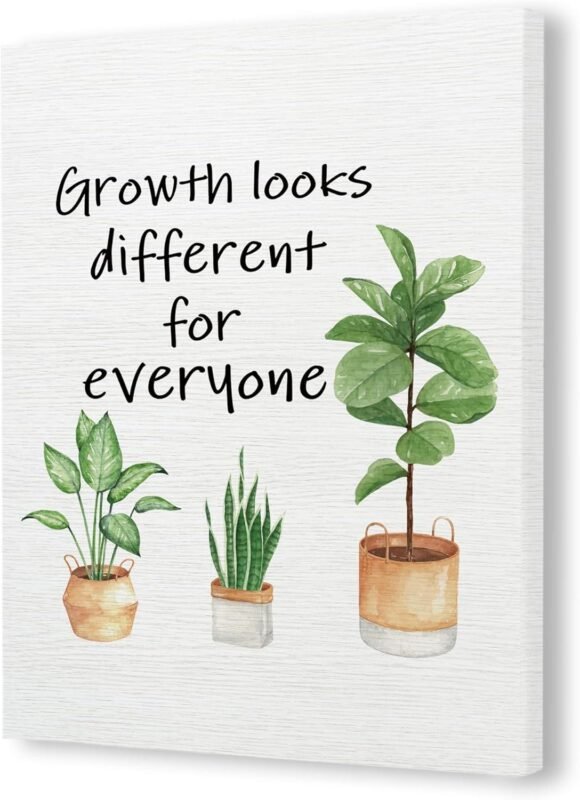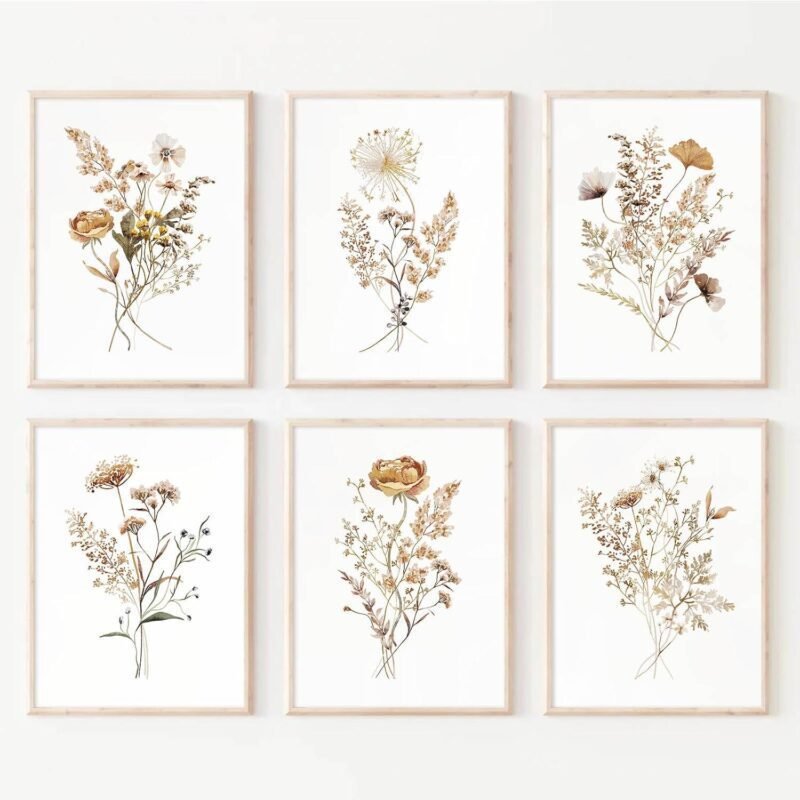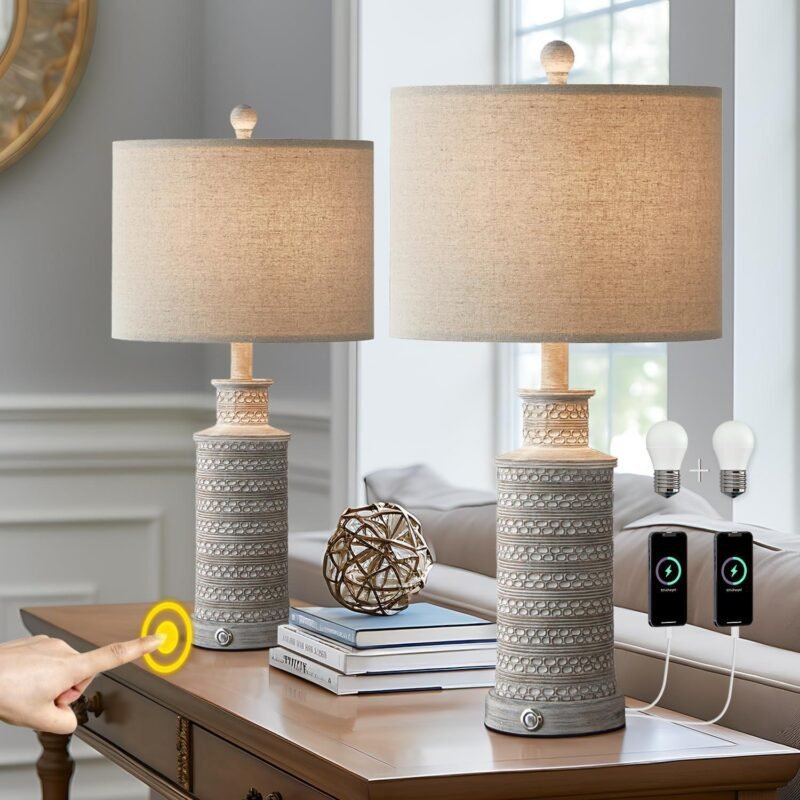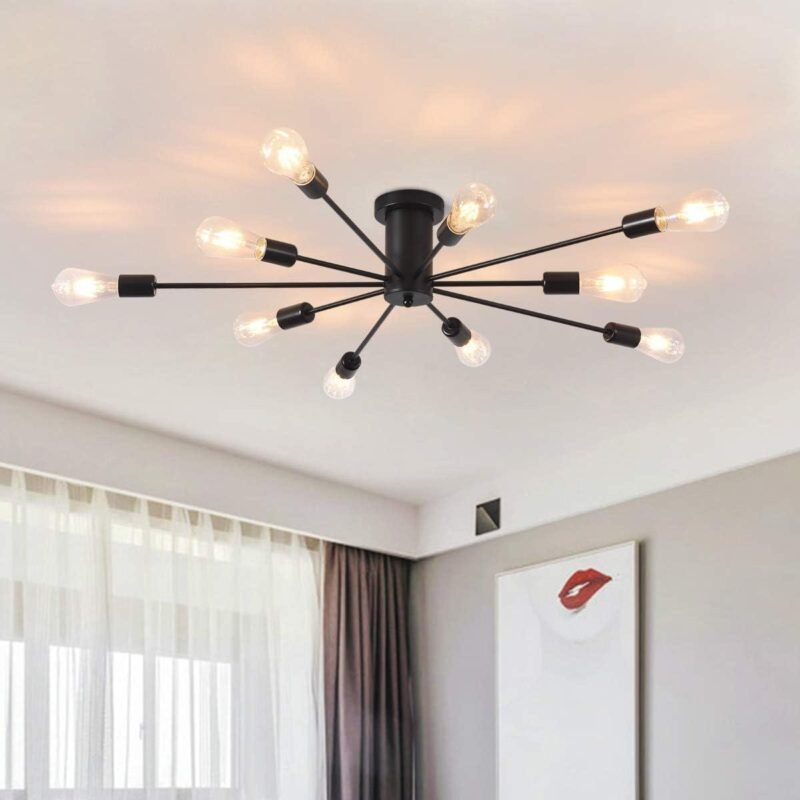How can I create a sense of balance with my living room color palette?
Creating a sense of balance in your living room starts with choosing the right color palette. The colors you select can influence the mood,harmony,and overall feel of the space,making it either inviting and restful or chaotic and overwhelming. Whether you prefer bold hues or soft neutrals, understanding how to combine colors thoughtfully can transform your living room into a well-balanced and visually pleasing environment. In this article, we’ll explore practical tips and design principles to help you create a harmonious color scheme that perfectly suits your style and space.
Choosing the Right Base Colors to Set a Harmonious Tone
Starting with the right base colors is essential to establish a sense of calm and unity in your living room. These foundational hues act like a canvas on which all other elements depend, so choosing shades that evoke warmth and comfort can instantly create a welcoming environment. Consider opting for soft neutrals such as creamy beige, gentle taupe, or pale gray; these tones offer versatility and work harmoniously with both bold and muted accents. Warm undertones like subtle yellows or blush pinks can also add an inviting glow without overwhelming the space, while cool undertones like light blues or greens foster a serene atmosphere.
When selecting base colors,keep balance in mind by pairing them with complementary shades that enhance without clashing.Here are some tips to help you decide:
- Test samples on different walls and observe how natural light changes the color throughout the day.
- Use color palettes that include a mix of warm and cool tones for depth.
- Incorporate texture with fabrics and finishes to add interest while maintaining cohesion.
| Base Color | warm Accent | Cool Accent |
|---|---|---|
| Soft Taupe | Burnt orange | Slate Blue |
| Light Gray | Mustard Yellow | Seafoam Green |
| Creamy Beige | Terracotta | Dusty Lavender |
Incorporating Accent Shades for Visual Interest and Depth
Introducing accent shades into your living room’s color scheme is a dynamic way to add visual interest and create depth without overwhelming the space. Consider selecting one or two bold colors that complement your primary palette and strategically place them through accent pieces such as throw pillows, rugs, or artwork. This technique not only breaks the monotony but also guides the eye across the room, making the space feel lively and engaging.
To balance these accent shades effectively, think about contrast and proportion. Use accents to highlight architectural features or focal points while keeping the majority of the room in softer,more neutral tones. Here’s a simple guide to help you blend accent shades seamlessly:
- Choose hues inspired by nature: Teal,burnt orange,or mustard yellow often harmonize beautifully with neutral bases.
- Maintain a ratio: Aim for about 70% neutral shades, 20% accent hues, and 10% vibrant pops to avoid visual clutter.
- Layer textures: Use different finishes—matte walls with glossy decor—to emphasize color contrasts and tactile intrigue.
| Accent Color | Mood Created | Ideal Placement |
|---|---|---|
| Deep Navy | Calm & Refined | Throw pillows, curtains |
| Burnt Orange | Warm & Inviting | Area rug, art pieces |
| Olive Green | Earthy & Relaxing | Plant pots, cushions |
Balancing Warm and Cool Tones to Enhance Room ambiance
When aiming to harmonize your living room’s color palette, consider how warm and cool tones interact to create a soothing yet dynamic environment. Warm tones, such as rich oranges, deep reds, and golden yellows, bring energy and comfort, making spaces feel inviting and cozy. Conversely, cool tones like soft blues, gentle greens, and muted lavenders add tranquility and sophistication. To achieve a balanced ambiance, start with a neutral base—think creamy whites or soft greys—and layer in accents from both warm and cool spectrums. This approach helps avoid overwhelming the space while allowing each color to shine.
Simple strategies to balance these tones include:
- Using warm-toned textiles like throw pillows or rugs balanced against cool-toned wall art or decor pieces.
- Incorporating natural elements, such as wooden furniture (warm) alongside leafy plants (cool), to bridge the color temperature gap.
- Employing metallic finishes—copper or brass for warmth, brushed nickel or chrome for coolness—to add subtle sophistication.
| Element | Warm tone Example | Cool Tone Example |
|---|---|---|
| Wall Color | Terracotta | Soft Slate Blue |
| Accent Pieces | burnt Orange Cushions | Teal Vases |
| Furniture | Honey Oak Coffee Table | Charcoal Gray Sofa |
Using Textures and Patterns to Complement Your Color Palette
Incorporating textures and patterns is a smart way to add depth and interest without overwhelming your space. When working with your chosen color palette, think about how different tactile elements can either harmonize or provide a deliberate contrast.Such as, a soft, plush rug in a neutral tone can ground a room filled with bolder wall colors, while a patterned throw pillow with subtle hints of your accent colors can tie the entire look together effortlessly. Don’t be afraid to mix materials like velvet, linen, or natural fibers, as this variety encourages a cozy and inviting atmosphere.
To balance textures and patterns effectively, consider these tips:
- Scale matters: Combine large, bold patterns with small, delicate ones to avoid visual clutter.
- Stick to your palette: Choose patterns that reflect the key colors of your scheme for cohesion.
- Contrast texture types: Pair smooth surfaces with rough or nubby textures for tactile intrigue.
- Limit the number of patterns: Two to three different pattern styles usually work best.
| Texture | Effect | Best For |
|---|---|---|
| Velvet | Luxurious & Soft | Pillows, Upholstery |
| Jute | Natural & Earthy | Rugs, Baskets |
| Linen | Light & Airy | Curtains, Throws |
| Wood | Warm & Organic | Furniture, Accents |
In Retrospect
Creating a sense of balance with your living room color palette is all about thoughtful choices and a bit of experimentation.By combining complementary hues, varying textures, and paying attention to lighting, you can craft a space that feels harmonious and inviting. Remember, the goal is to reflect your personal style while ensuring that the colors work together to promote relaxation and comfort. With these tips in mind, your living room will become a beautiful, balanced retreat where you and your guests can feel right at home.

